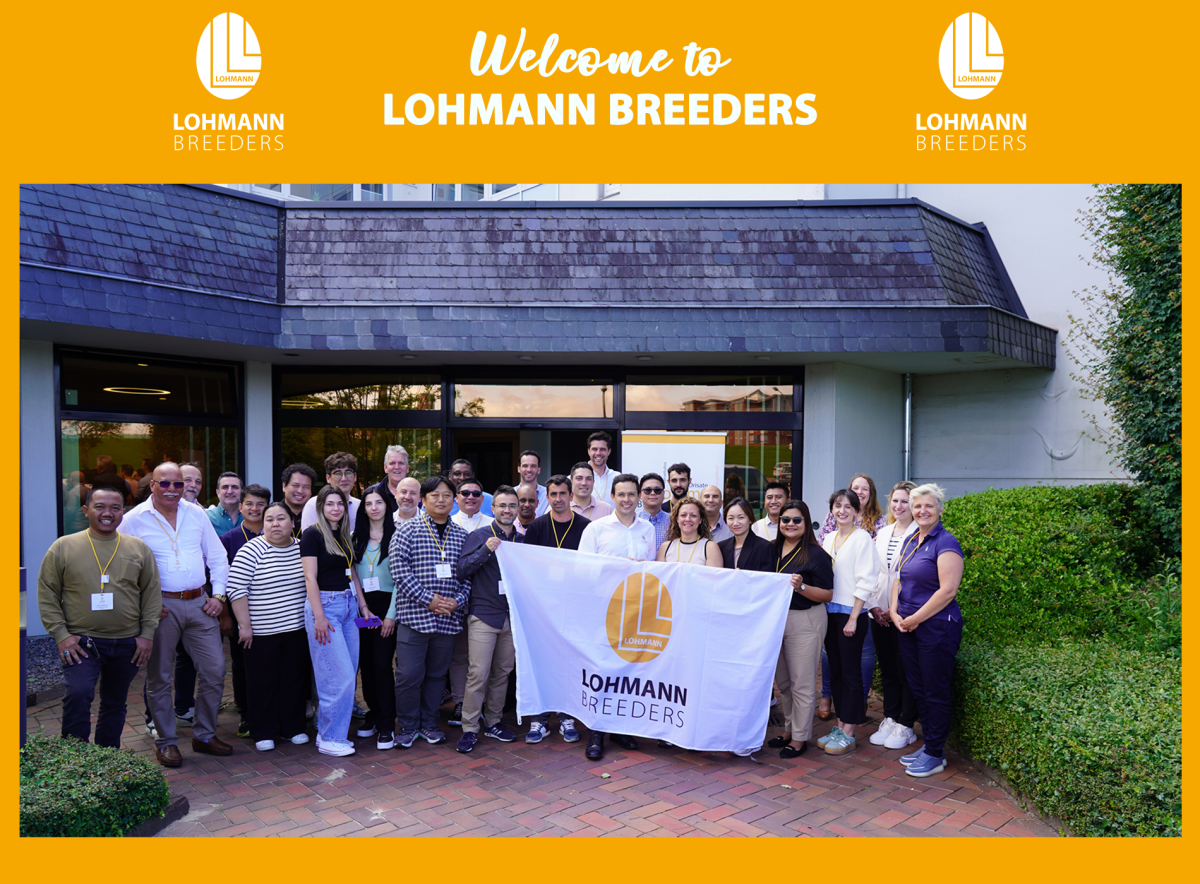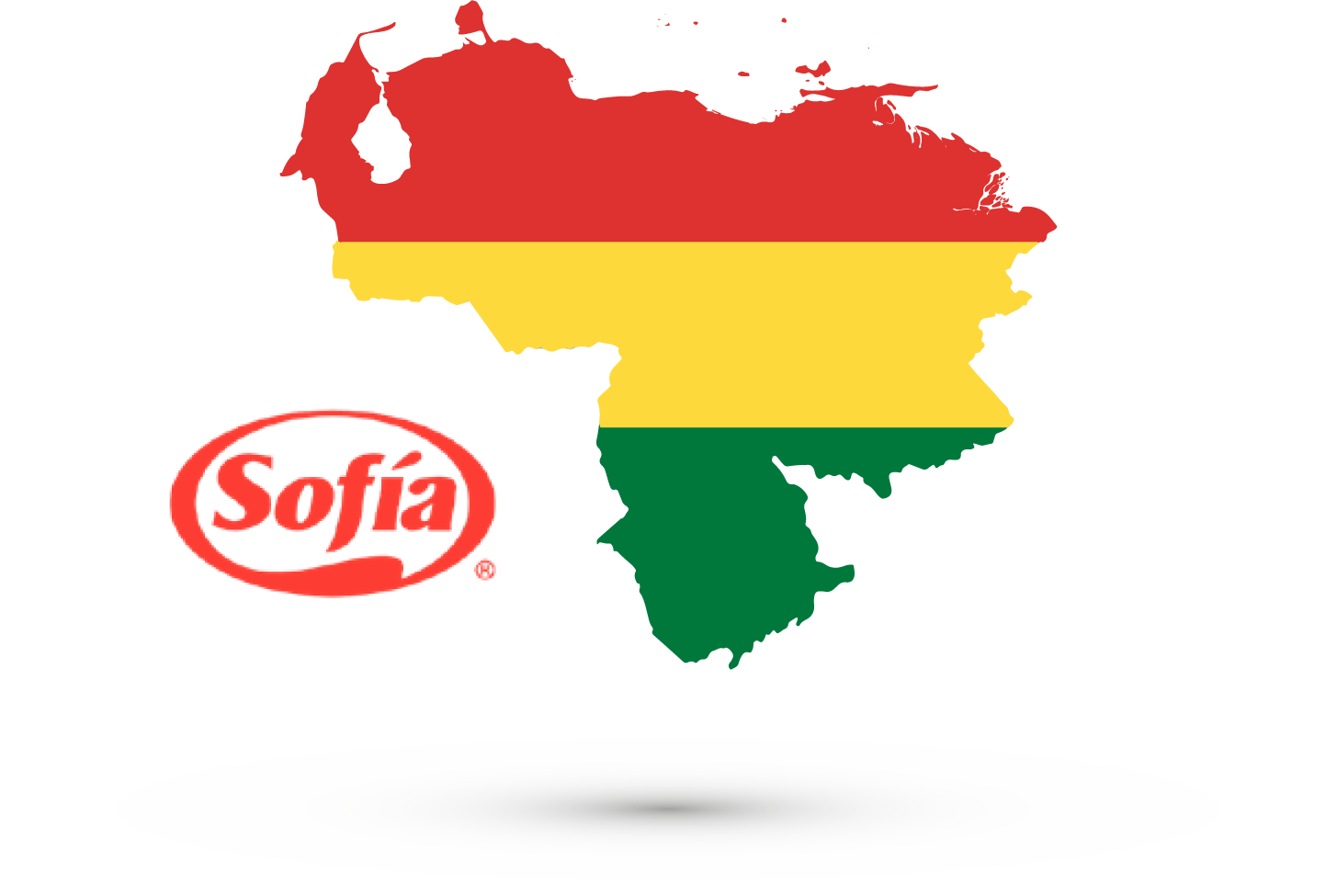At the current rate of growth, the world population will soon reach 8 billion, and per-capita consumption of poultry meat and eggs is expected to increase. Is this good news for the animal industry or bad news for the environment? Critical consumers wish to know where their food comes from, under which conditions it is produced and which efforts are made to improve animal welfare and to minimize environmental impact. In this issue, the authors will address several aspects of questions which have become part of the public debate in Western countries.
Chickens are the most resilient domestic animals and adapt easily to a wide range of different management systems. How many eggs they will lay depends on their genetic potential, health, nutrition and housing system. Rudolf Preisinger explains how genomic selection is used to improve the genetic potential. Regional consumer preferences for egg quality traits such as average egg size and shell color are taken into account in different lines, while all lines are selected for efcient egg production, shell strength and livability. Genetically improved efciency of feed conversion helps to reduce production cost and impact on the environment. In recent years, bone strength and behavior traits, including use of nests, perches and free range have received more attention to support the adaptability to non-cage housing systems.
The trade of eggs between EU member countries affected market shares temporarily while conventional cages were replaced by enriched cages and non-cage systems. Currently the trade of eggs between countries within the EU is determined by production cost and consumer preferences for regional production and/or management system. In the second article of this issue, Mark Williams describes the special situation of the egg industry in the United Kingdom and how British egg producers are preparing for the expected “Brexit”, hoping to beneft from it.
Traditional animal farming, which used to provide year-round work and modest income for millions of family farms, is gradually being replaced by large operations with intensive systems, focused on maximum return on investment, based on high productivity and efcient feed conversion to minimize production cost for edible meat, milk and eggs. In response to consumer demand for “healthy products from healthy animals”, the EU has started a project to determine common causes of depressed productivity and develop a strategy to reduce these risks, which should also improve animal welfare. Paul McMullin explains the “Prohealth” concept and reports frst results with poultry.
The effect of light-dark-cycles on performance and welfare of layers and broilers has been studied extensively in the past. Lighting programs have been established for the rearing and laying period, based on the perception of humans. However, the sensitivity of the chicken eye to different wave length differs from the human eye. Hence, the same light will produce different light intensity in chickens and humans. When energy-saving light sources were recently installed in chicken houses, effects on the birds were unknown and need more attention. José Daniel Kämmerling and co-authors are shedding some light on the characteristics of the main sources of light and light perception of chickens and turkeys.
Meat production for human consumption requires a lot of resources (energy, land and water). To limit negative effects on global warming and environmental pollution, reduction of meat consumption in industrialized countries has been suggested by environmentalists. Statistics of human meat consumption often include the meat which is used to feed the carnivorous companion animals. This aspect has been overlooked for a long time, until publications like “Time to eat the dog” drew attention to the environmental aspects of keeping dogs and cats. Ferry Leenstra and co-authors review effects of meat consumption on land use and carbon dioxide production for feeding dogs and cats in the USA and Europe and show that dogs and cats indeed consume a considerable amount of meat which could be used for human nutrition.
Chickens are the most resilient domestic animals and adapt easily to a wide range of different management systems. How many eggs they will lay depends on their genetic potential, health, nutrition and housing system. Rudolf Preisinger explains how genomic selection is used to improve the genetic potential. Regional consumer preferences for egg quality traits such as average egg size and shell color are taken into account in different lines, while all lines are selected for efcient egg production, shell strength and livability. Genetically improved efciency of feed conversion helps to reduce production cost and impact on the environment. In recent years, bone strength and behavior traits, including use of nests, perches and free range have received more attention to support the adaptability to non-cage housing systems.
The trade of eggs between EU member countries affected market shares temporarily while conventional cages were replaced by enriched cages and non-cage systems. Currently the trade of eggs between countries within the EU is determined by production cost and consumer preferences for regional production and/or management system. In the second article of this issue, Mark Williams describes the special situation of the egg industry in the United Kingdom and how British egg producers are preparing for the expected “Brexit”, hoping to beneft from it.
Traditional animal farming, which used to provide year-round work and modest income for millions of family farms, is gradually being replaced by large operations with intensive systems, focused on maximum return on investment, based on high productivity and efcient feed conversion to minimize production cost for edible meat, milk and eggs. In response to consumer demand for “healthy products from healthy animals”, the EU has started a project to determine common causes of depressed productivity and develop a strategy to reduce these risks, which should also improve animal welfare. Paul McMullin explains the “Prohealth” concept and reports frst results with poultry.
The effect of light-dark-cycles on performance and welfare of layers and broilers has been studied extensively in the past. Lighting programs have been established for the rearing and laying period, based on the perception of humans. However, the sensitivity of the chicken eye to different wave length differs from the human eye. Hence, the same light will produce different light intensity in chickens and humans. When energy-saving light sources were recently installed in chicken houses, effects on the birds were unknown and need more attention. José Daniel Kämmerling and co-authors are shedding some light on the characteristics of the main sources of light and light perception of chickens and turkeys.
Meat production for human consumption requires a lot of resources (energy, land and water). To limit negative effects on global warming and environmental pollution, reduction of meat consumption in industrialized countries has been suggested by environmentalists. Statistics of human meat consumption often include the meat which is used to feed the carnivorous companion animals. This aspect has been overlooked for a long time, until publications like “Time to eat the dog” drew attention to the environmental aspects of keeping dogs and cats. Ferry Leenstra and co-authors review effects of meat consumption on land use and carbon dioxide production for feeding dogs and cats in the USA and Europe and show that dogs and cats indeed consume a considerable amount of meat which could be used for human nutrition.







